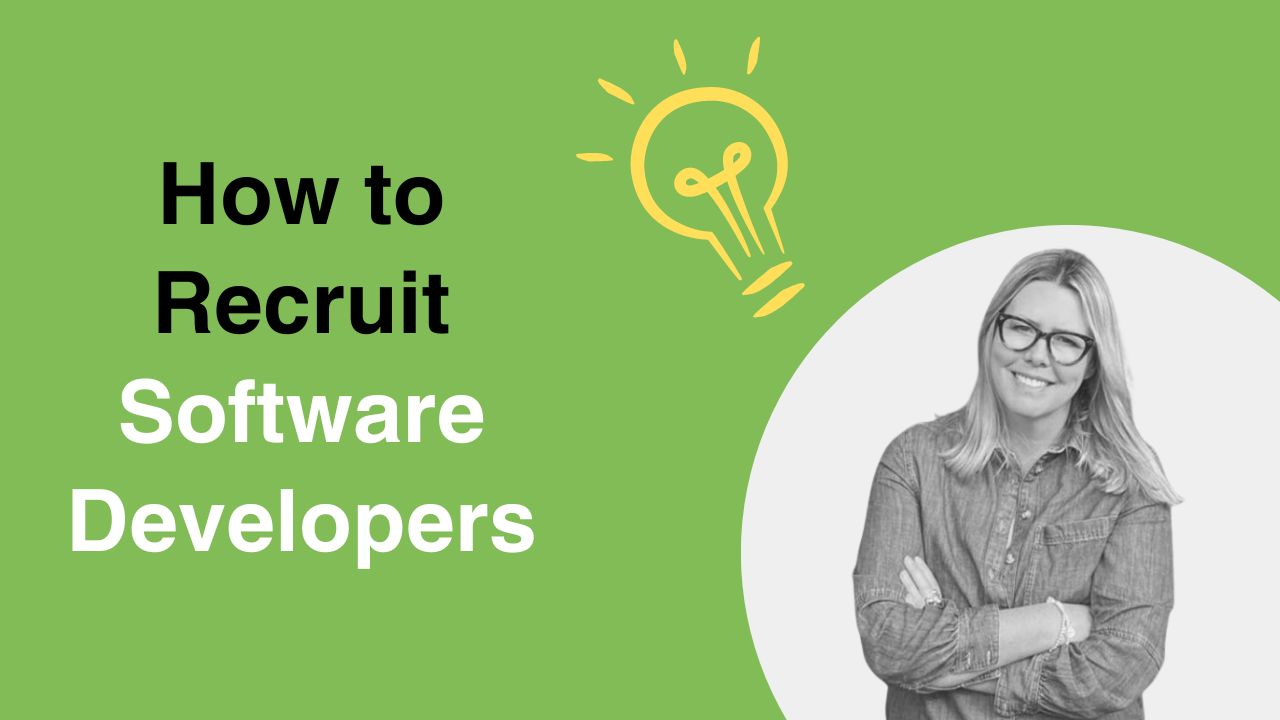Despite the increase in technology and the rise of the digital world, CVs still remain a vital part of any job search. It can be confusing to get it right, especially when applying for different jobs, here are a few tips.
CVs still remain a vital part of any job search: There are thousands of websites out there to show you the right format, the right presentation, and the right language. There is great advice out there, make sure you do your research but try not to get confused with the sheer amount of information that is out there. This will aim to give you a general overview of how to do things right for you. This should help you, no matter what your field, what your skillset or what level of your career you are at.
To put it simply; Every single job out there is different. Every time that you send your CV out, it is going to a different place and a different culture. So, why would you only have one CV? The best way to manage your CV is to have a “Skeleton” version. This is a version that is easily adaptable, where things can be cut and pasted, pulled around, taken out or put in.
General formats/size of CV/bullets vs. paragraphs/points of view / “fun” vs. business style – these things all change depending on the job. Not only should your CV match the job, but it should also match the company culture and the industry. For example, if I applied for a marketing job at a corporate bank firm. it would be a far cry from what I would send to a smaller agency. The purpose of a CV is to get you in the door, not to get you the job. It’s the first step of a series of hoops you need to jump through.
1. Don’t Lie:
I always feel that this is an obvious point, but it is worth remembering. Always remember, it is not what you say, but how you say it. Or, in a CV, where you put it is also very important. Make what is applicable closer to the top, move things around so your main points get read first.
2. Use the language:
In your experience section, make sure you use some of the language taken from the job description. For example, if it says “3 years developing in C++” and your resume says, “3 years coding in C++” change the word. Your Summary at the top of your CV should not only reflect the job you are applying for but also use the language of the job description. Make 3-4 lines explaining why that description fits to your skills and why you have specifically what that the company is looking for.
3. Does size matter:
Yes, to a point. Your resume needs to be the right size to get all of your skills across. I still think anything over 3 pages is going to be too long. Try to prioritise the experience and skills that fit the role that you’re going for, consolidate the less important points. Ultimately, it is important to impress them on the first page, if you don’t, they won’t even bother reading the 2nd and 3rd pages.
4. Avoid leaving gaps:
Never ever have a gap. Unless your bullet point would be:
- Sat around all day, watched all 10 seasons of Friends and all 6 Star Wars films on repeat for 3 months…
Instead of leaving a gap, try and show how you kept up your professional skills via any courses, books or events during the time that you were looking for your next job. Put some non-industry related experience. Put Break for personal reasons or travelling, details if requested. Anything is better than a large gap.
Every resume should be as unique as you are but it should also be flexible and easy to tailor. It should match the job and the culture of the company you are sending it. Job hunting has many hoops you need to jump before you can win the offer. Getting the interview based on your resume is the first!
If you are seeking a new role or your company needs help with recruitment, Greenfield IT is here to help! Our hiring managers go the extra mile every day. Contact us for more info.





